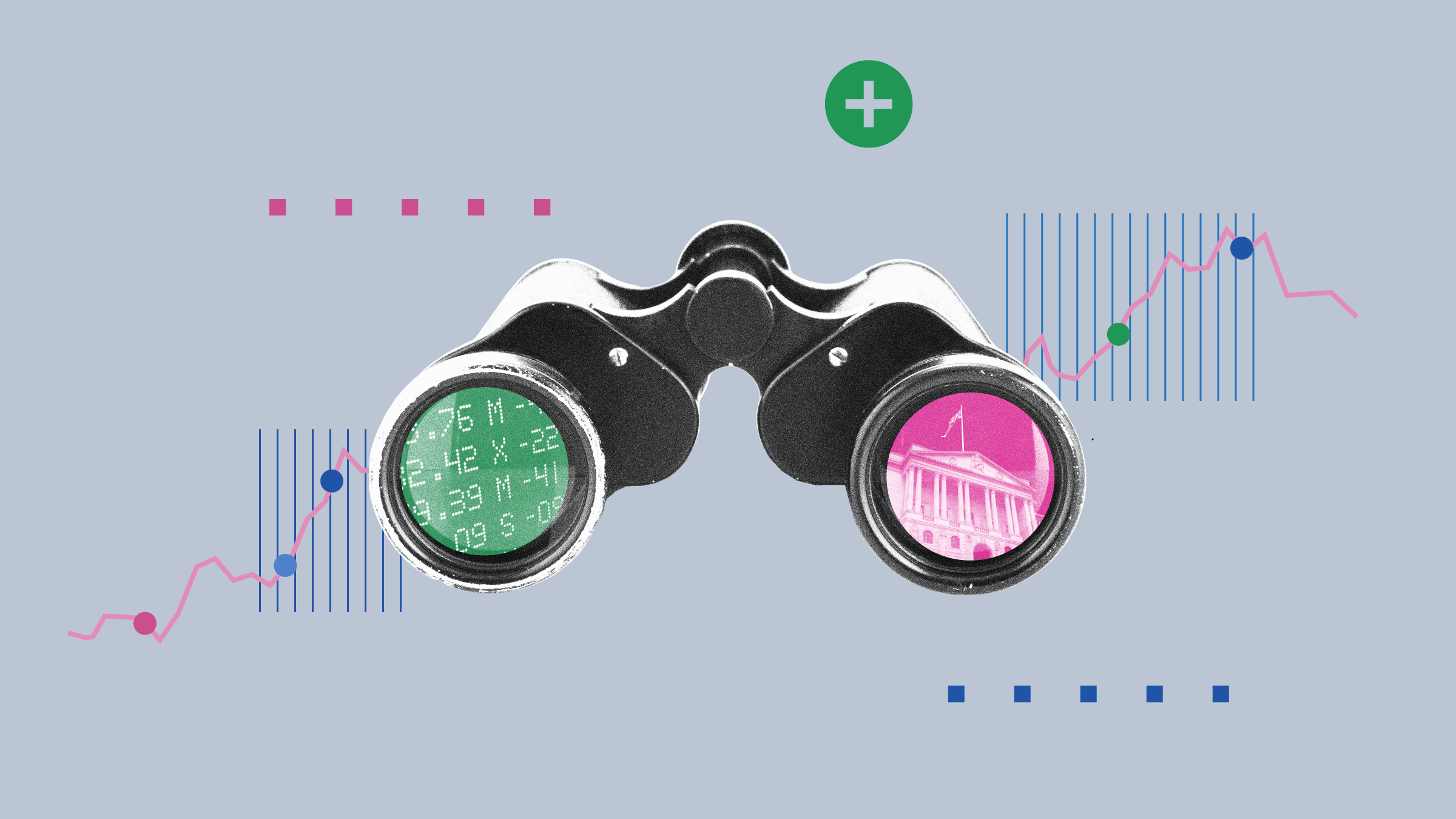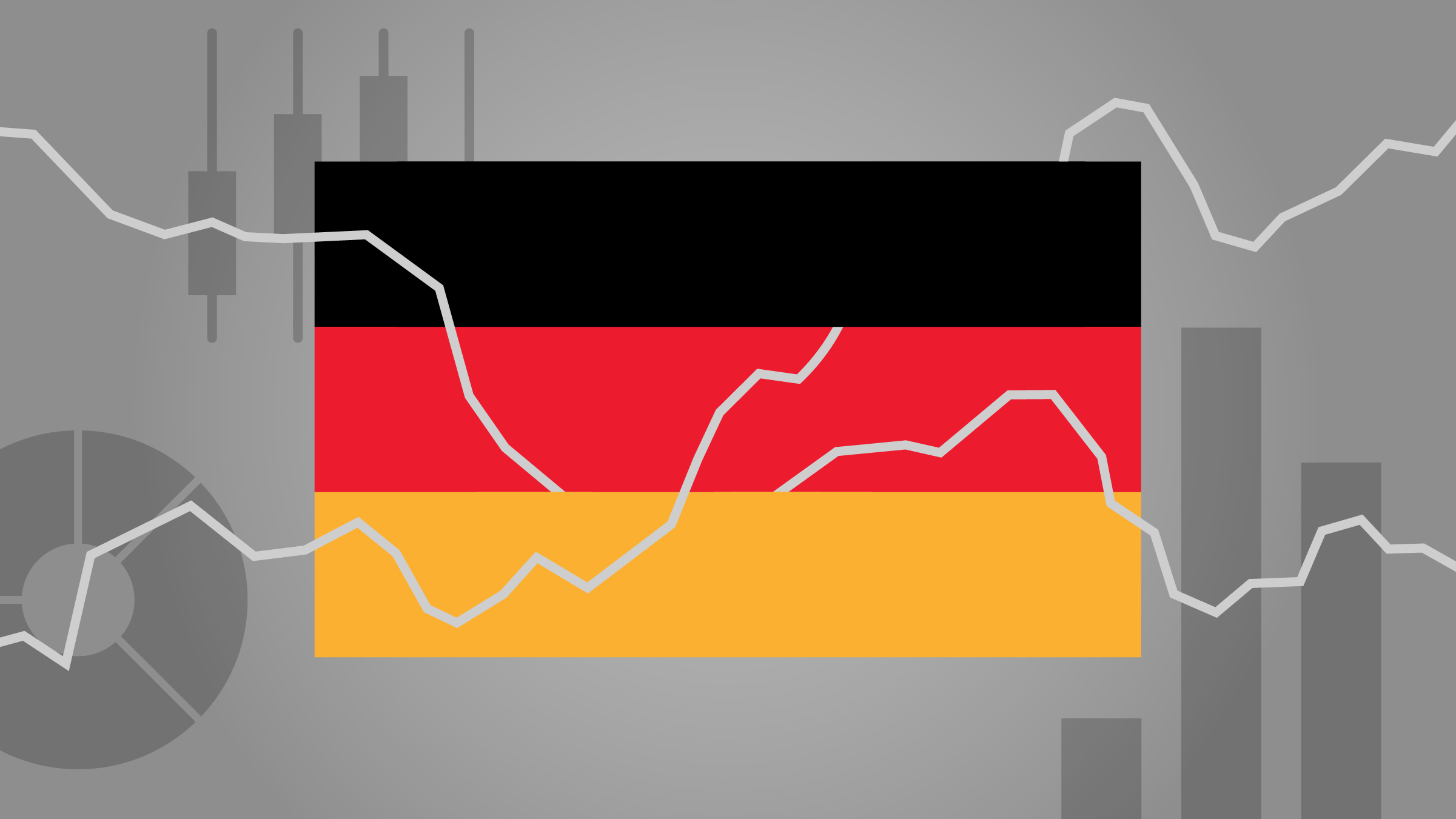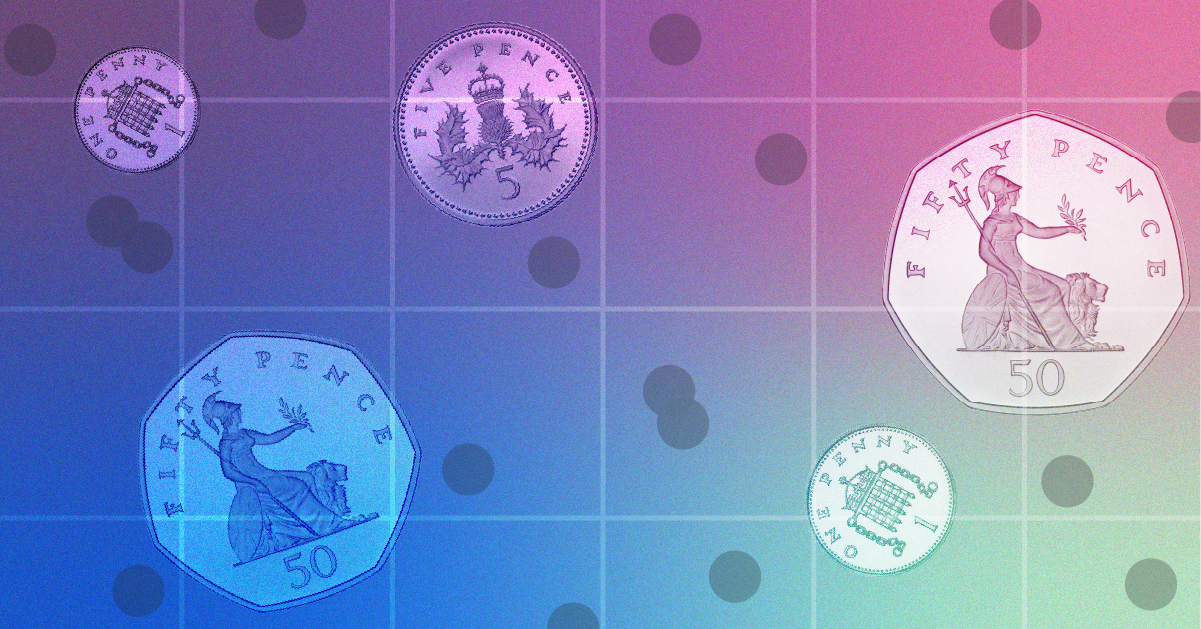This article is part of Morningstar's Guide to Financial Education
Emma Wall: Hello, and welcome to the Morningstar series, 'Ask the Expert.' I am Emma Wall and here with me today to talk about passive investment is Morningstar analyst, Jose Garcia Zarate.
Hello, Jose.
Jose Garcia Zarate: Hello.
Wall: So as part of our Financial Education Week, I thought I would get you in to talk about what exactly is passive investing?
Zarate: Well, passive investing is underpinned on the idea that active managers are highly unlikely to actually meet their targets over the long term, and therefore, for investors it might be a better option to just track the market and that's basically passive investment.
Wall: And there are a number of different tools that investors can use to do passive investing, perhaps I thought we'd start with tracker funds. What exactly is a tracker fund?
Zarate: A tracker fund is a mutual fund that is linked to an index or basically that tracks the performance of an index, but is pretty much the same structure as the usual bread and butter mutual funds and most investors would be familiar with.
Wall: So like any other open-ended fund, but instead of a fund manager selecting a part of an index or stocks from an index that they think are going to outperform the rest, instead you just hold a proportion of all of those companies that make up that index, say a 100 companies from the FTSE 100.
Zarate: For example, or a selection in a bid basically to replicate the performance of the index.
Wall: And one other type of passive investment that's become increasingly unpopular because of the low-fee structure is an ETF. What exactly is ETF?
Zarate: ETF stands for Exchange-Traded Funds. Again we're talking about an open-ended fund structure, the difference is that these funds trade on the exchange, so, basically ETF. By trading on the exchange what investors are able to get is actually real-time pricing and that's basically the real – the main difference between traditional index trackers and exchange-traded funds.
Wall: And what are the pros and cons of each and does one type of vehicle lend itself better to a particular type of investment say equities or commodities? How do they work?
Zarate: The key difference is the trading element obviously, as I said earlier on. ETFs do trade on the exchange and that basically gives them a level of transparency in terms of pricing that traditional trackers do not have because they settle the NAV at the end of the day. When you buy an ETF, you know exactly at what price you're buying because you buy it real-time and for some investors that's actually a key advantage.
Wall: And there are certain markets where perhaps the less experienced investor would do better to outsource to an experienced fund manager, say Asian smaller companies. But for the broad transparent indices such as the S&P 500 passive investment is a very efficient way to invest, isn't it?
Zarate: It's not just a very efficient way, it's a no-brainer way. I mean even in the United States you would be very, very hard-pressed to actually find an active manager that is able to beat the S&P 500. You're basically paying way over the odds by risking going, down the actively managed road. The efficient and no-brainer way is basically buying a tracker.
Wall: You mentioned that magic word fees, charges, costs. What is the difference between an active managed fund and a passively managed fund? I mean what total type of a percentage point difference are we talking about?
Zarate: Well, there could be huge differences. I mean, the cheapest tracker, ETF actually – let's talk about ETF perhaps. They are tracking or giving you the performance of the S&P 500, in Europe right now, it charges five basis points. That's the annual management fee.
Wall: And so the people who are uninitiated with the term basis point, that's 0.05%.
Zarate: That's correct. Some actively managed funds can charge way over 1%. I mean, you know the difference is tremendous and cost is the only element an investor knows before investing.
Wall: Everything else is a variable.
Zarate: Everything else is uncertain. The only certainty is cost. So, the lower the cost, the higher the chances that you would actually get better returns; it's not rocket science.
Wall: And it's not just equities, you mentioned earlier that you can get exposure to commodities through ETFs as well?
Zarate: Commodities, fixed income. There are close to 2,000 ETFs currently domiciled in Europe, and they offer you exposure to all sorts of asset classes.
Wall: Jose, thank you very much.
Zarate: You're welcome.
Wall: This is Emma Wall for Morningstar. Thank you for watching.





























